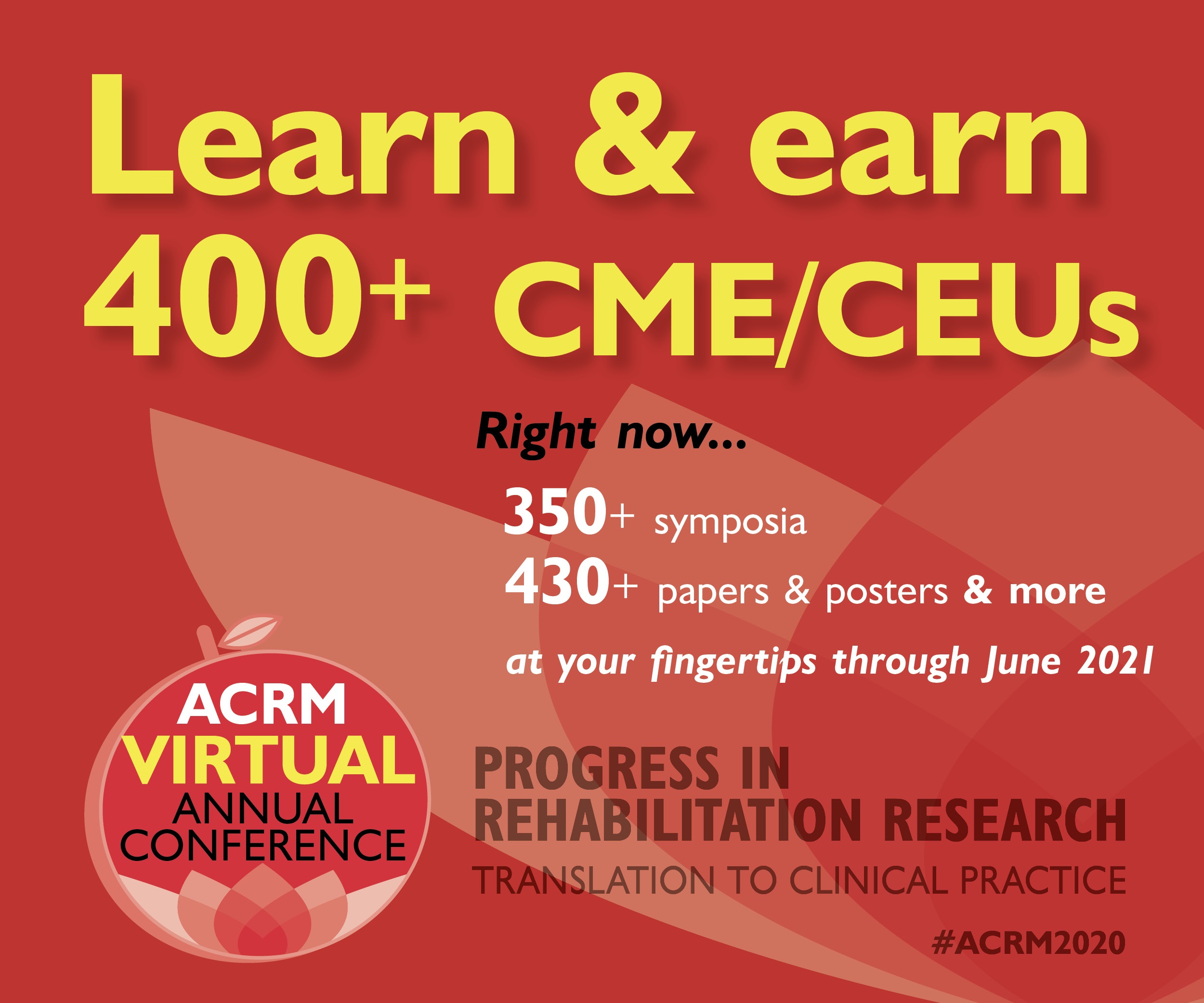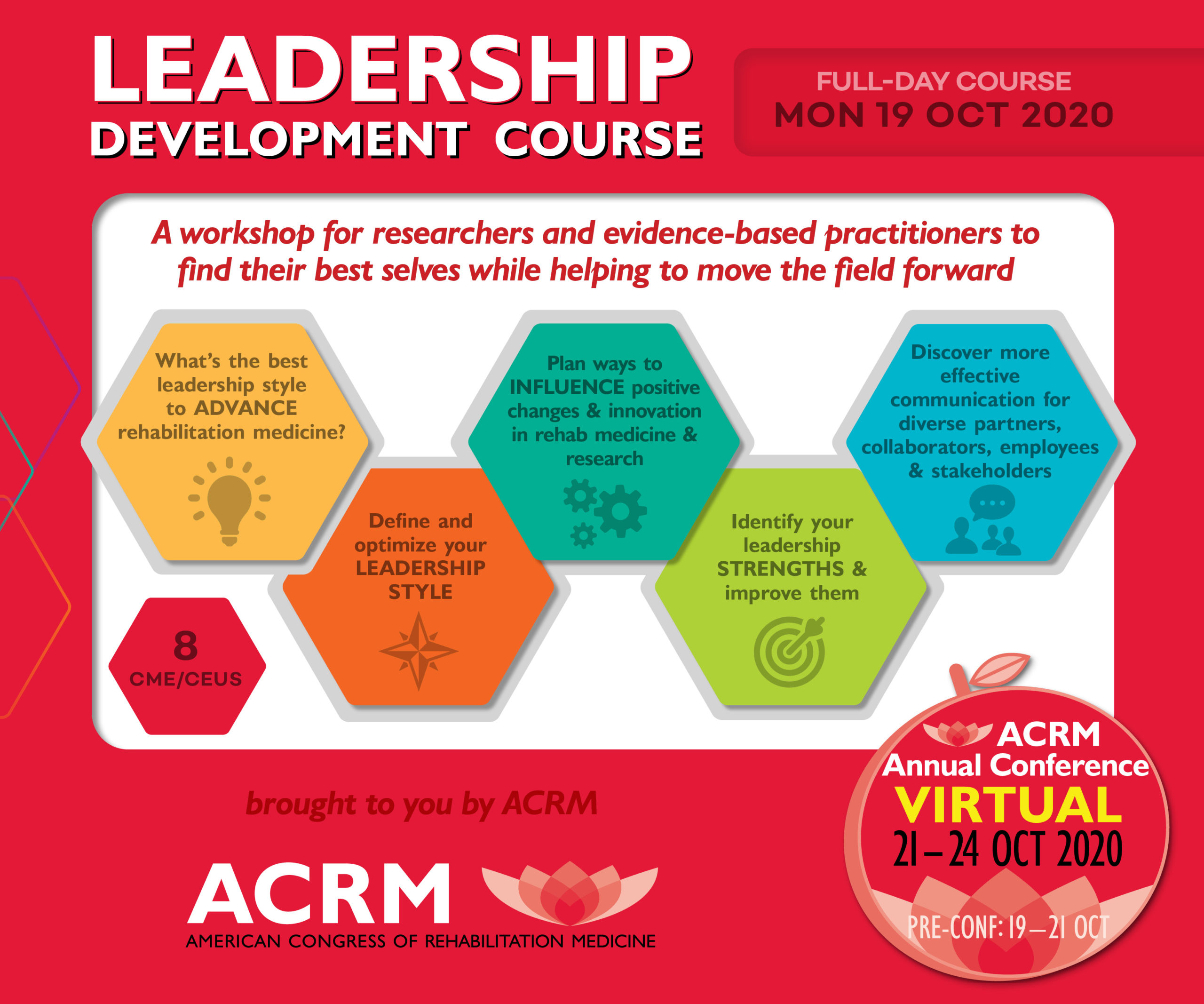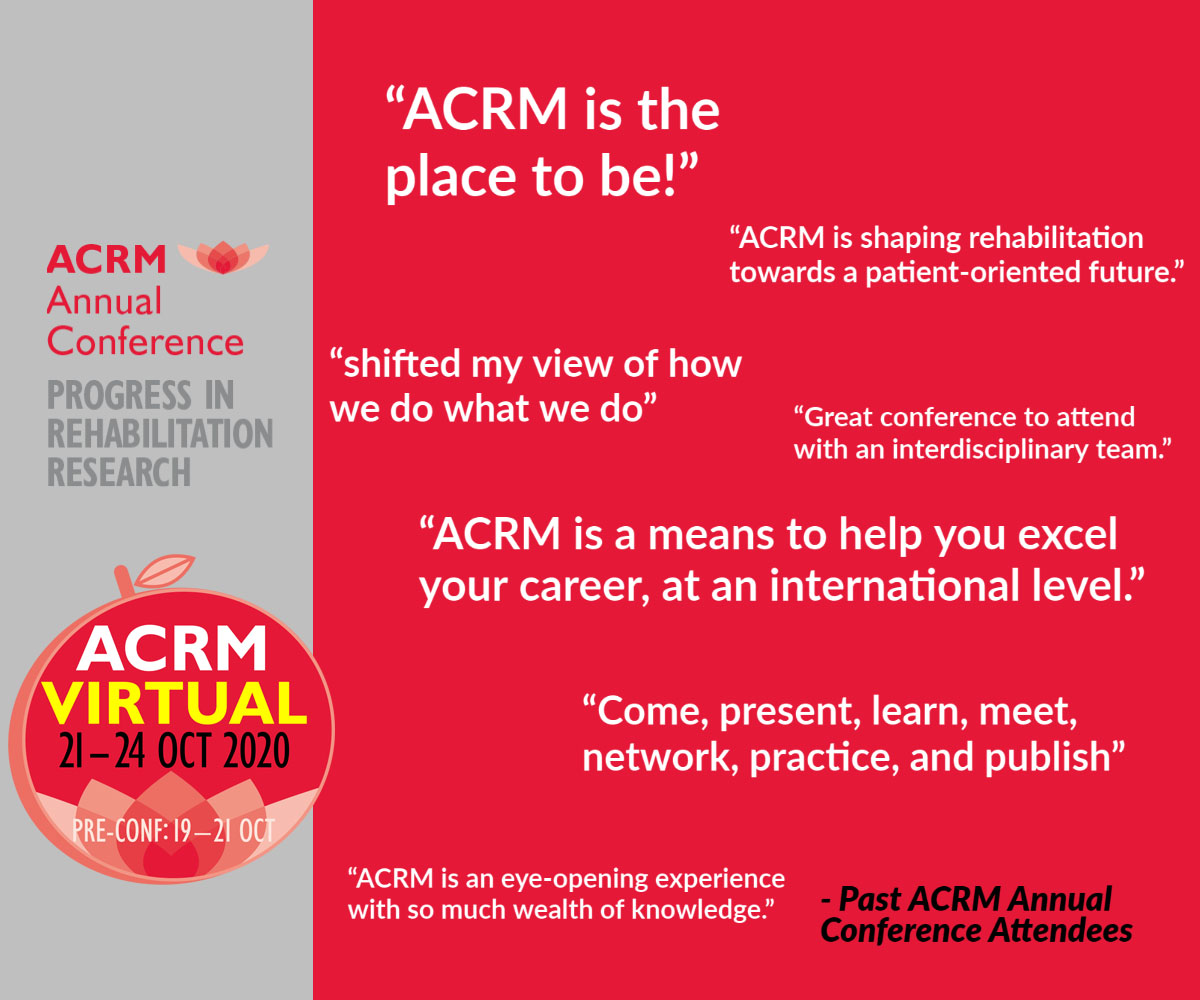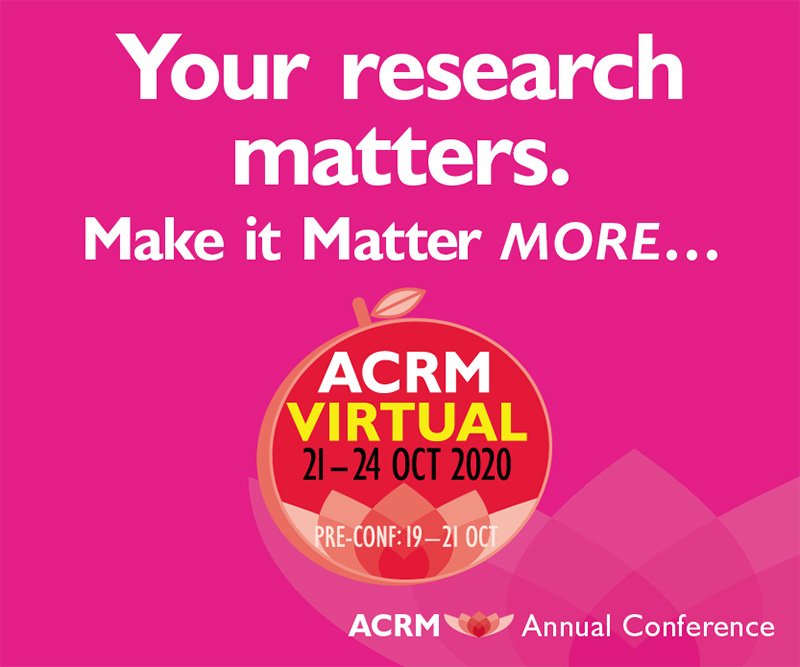HOW TO RECORD A SPECIAL SYMPOSIUM, SYMPOSIUM, ORAL PRESENTATION OR LECTURE LUNCHEON
Watch this how-to webinar led by Maegan Criscione, ACRM Senior Program Manager, for step-by-step guidance on pre-recording your symposium, plus tips and tools for engaging and interacting with attendees.
- For symposia, Special Symposia, and Lecture Luncheons, the combined length of all presentations in your session should total at least 60 minutes and not more than 75 minutes.
- For Oral Presentations, the recorded narration of your slides should be at least 15 minutes long and no more than 17 minutes long.
UPLOAD & RECORDING DEADLINES:
Please note the deadlines for presentation slide upload and final pre-recorded presentation. All presentations and final pre-recorded content will be reviewed for CME/CEU compliance per ACCME guidelines. To ensure time for review, adjustments, and final posting before the ACRM Virtual Conference, we will need your content by the dates listed.
7 SEPTEMBER – upload your PowerPoint slides
21 SEPTEMBER (extended) – pre-recording your presentation
CONTINUING EDUCATION REQUIREMENTS
The presentation file will be reviewed to verify that:
1. All required CE Compliance Slides are included
2. The content is suitable for our interdisciplinary audience
3. The presentation is free of commercial content
4. The presentation generally matches up with the learning objectives for the session.
Download required CE Compliance slides here.
REGISTRATION
All presenters are required to register for the conference through the Registration portal. Register early for the lowest rates and enter your Presenter Discount code for an additional 20% off your total purchase.
For those who want to do it all, the WORLD PASS boasts a tremendous value! See registration rates here.
Save even more by first renewing/purchasing ACRM Membership!
Non-members receive a six-month introductory ACRM membership with registration, providing access to your choice of 22 specialized ACRM Community Groups.
If you have registration questions or need assistance, please contact MemberServices@ACRM.org.
BEST PRACTICES RECORDING TIPS
1. Chrome is the preferred browser for this recording.
2. For panel teams, consider coordinating using the same external microphone plug-in equipment if possible. This will provide for more consistency and avoid gaps in audiovisual quality. Sometimes, panels will invest in one set of equipment, share the cost and ship the ‘studio in a box’ to each panel member to keeps costs low yet maintain quality.
3. Stand if possible while recording to stay alert and energized.
4. Be focused on the delivery and not the technology. Practice and get familiar with the technology and your recording environment.
5. Offer reminders to your attendees that they can submit their online evaluations and receive their CEU/CME certifications in the system by visiting the online event library for this event.
6. Review all ACRM training or platform tutorials available to you in advance.
FOR BEST AUDIO
1. Avoid using your laptop microphone whenever necessary. Earbuds with a microphone are usually better and there are many affordable external microphones.
2. Don’t turn your head away from the screen when recording your audio – the audio sounds best when you talk speaking directly to the screen.
3. We suggest wearing earbuds or external headphones to avoid your computer audio creating a ‘bounce back’ effect on your audio recording.
4. Use humor, inflection and intonation in your presentation. Avoid simply reading from your script.
5. Get close to the microphone. The further away, the more the ‘chamber echo’ effect will kick in.
6. Playback the audio to ensure the equipment you are using is good quality.
RECORDING ROOM
1. Use a small, carpeted room with low ceilings. Avoid a room with a lot of hard surfaces or larger rooms.
2. If recording at your residence, try to use internal rooms to avoid public noise (sirens, birds, wind chimes, construction or other bleed thru audio disturbances). Basements are ideal if they are carpeted.
3. Try to restrict colleagues or family activity (televisions, doors slamming etc.) Let them know the importance of your audio environment for the time you are rehearsing and conducting your final recording.
4. Avoid clutter in and around you. Go for the minimalist affect. This will help your focus, feel secure in your delivery and will avoid audience distraction.






